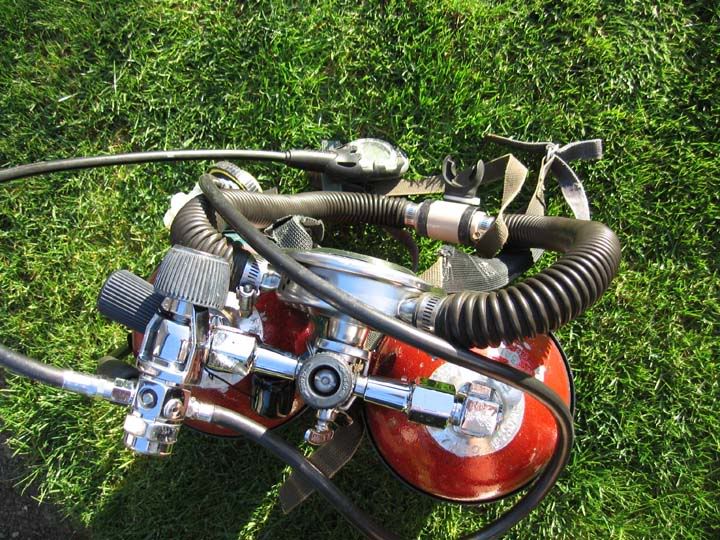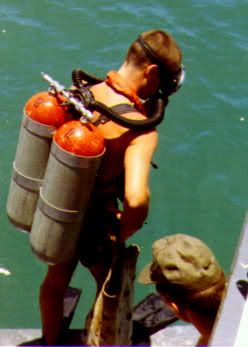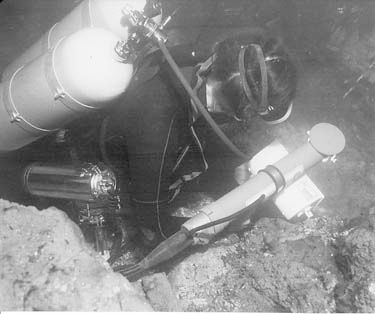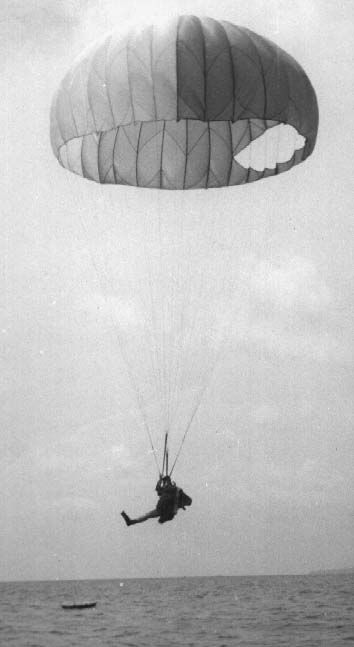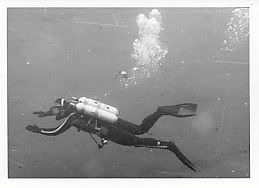jvdk01:
I thought that there was a study done a long time ago by the University of Rhode Island that came to the conclusion that if a one of a pair of buddies had an OOA emergency and they tried to buddy breathe off of one second stage, often times you ended up with two dead buddies. I thought that this is what led the various training agencies to adopt the safe second system.
It was, as someone else said, the cave divers who first started using the octopus regulator. I started diving in 1959, and of course we did not have octopus regulators at that time (the double hoser regulator and a J-valve was our gear). I still dive those on occasion. I started diving an octopus after becoming a NAUI Instructor (we did not dive them in our ITC in 1973). By the way, I don't think it was Sheck Exley that developed the octopus, even though he may have been credited with it. That was standard cave diving gear in the early 1970s.
The University of Rhoad Island was a national clearinghouse for scuba fatalities, and issued a number of studies. I don't remember the one cited above, although this happened, I'm sure. I'll look at my references and see what I can find. But this did not initiate the use of the octopus regulator.
Initially, the octopus and redundant systems was a specialty diving piece of equipment. It was meant for divers who dove deep (greater than 60 fsw), or who for one reason or another could not surface immediately in an emergency (overhead environment--ice diving, cave diving, shipwreck diving, decompression diving).
I think the octopus regulator became a regular piece of sports diving equipment from a combination of industry pressure and having cave divers promote it. I was given a LP port adaptor by the Warm Mineral Springs Underwater Archeological Research group after volunteering with them, with the understanding that I would from then on always dive with an octopus. I did not, however, as I was then a USAF Pararescueman, and our parascuba jump configuration did not include using an octopus. Industry pushed it in the same of safety, as did the instructional organizations.
Today, I dive mostly solo, and so there are times I dive a safe second, and times I don't. Today, I used my UDS-1 scuba (a U.S. Divers 1970s triple tank system) which I equipped with a long hose and a safe second stage. Other times, especially when I river dive in current, I do not, as it is another piece of gear that I don't need for my shallow diving (max depth less than 30 feet). When I dive with a buddy, I always dive with a safe second. I have two double hose regulators set up with an octopus (a Sportsways Hydro Twin and an AMF Voit Trieste II).
One thing to remember is that buddy breathing is no longer taught, and so not many people have that skill. Also, the level of instruction has dropped dramatically in the last 30 years, so the people diving today are not necessarily even comfortable in the water, much less competant in an emergency (there are now "advanced" classes for that, including rescue diver, etc.). So I would recommend diving a safe second of some sort whenever buddy diving, unless you have someone you know has the experience to handle themselves underwater.
Double hose regulator with a safe second regulator mounted on the manifold.
US Navy School for Underwater Swimmers, Key West, Florida in 1967--normal configuration (no safe second).
Cave diving setup, Circa 1975, Warm Mineral Springs Underwater Archeological Project; note the use of an octopus on the Cyclone regulator (we had some second stage failures of this regulator).
A photo of your's truely, diving in the then-normal configuration with a single hose regulator (Healthways Scuba Star) that was a single hose, without an SPG, 1963.
We could afford no extra hoses, etc. when parascuba jumping, as these were potential entanglement points when the parachute deployed. This practice parascuba jump photo was taken in 1968, just off the coast of Okinawa (now Ryuku Islands, Japan).
I started using an octopus after the 1973 Warm Mineral Springs project, and this photo was taken approximately in 1975. Note that the octopus is hanging off my left side; in that era, we really had no place to put the octopus. It was simply left to drag around, and filled up with sand and all sorts of other gunk. Sometimes, it was almost unusable after a few dives. Buddy breathing allowed us to use a really good second stage (or with a double hose, a mouthpiece that shot air out at us whenever it was above the regulator). But buddy breathing is no longe taught, and so is in a bygone era.
Now, we have BCs with pockets and ways of bungeeing the safe second stage off, and they are a very good alternative breathing source.
SeaRat




